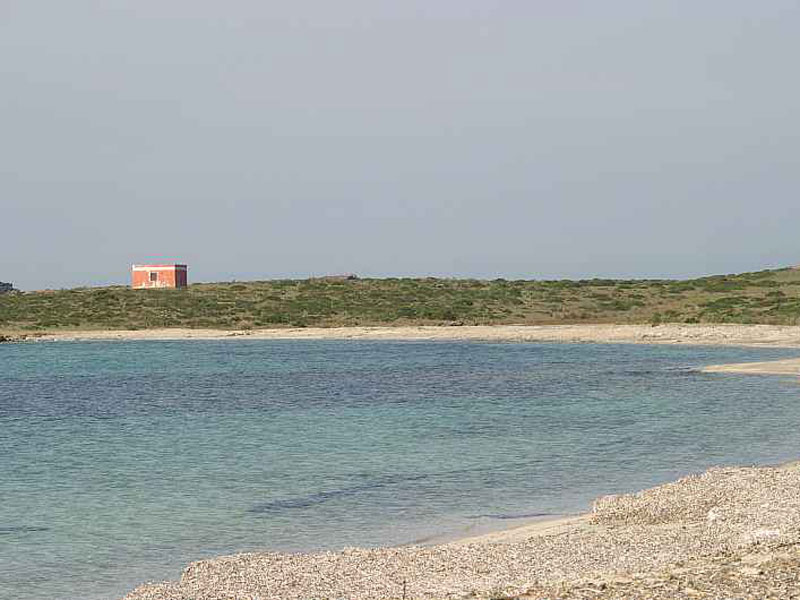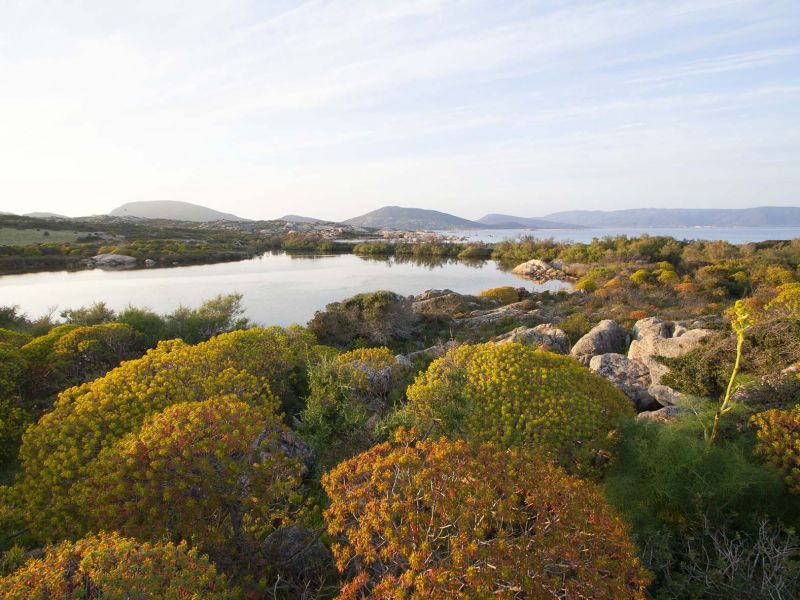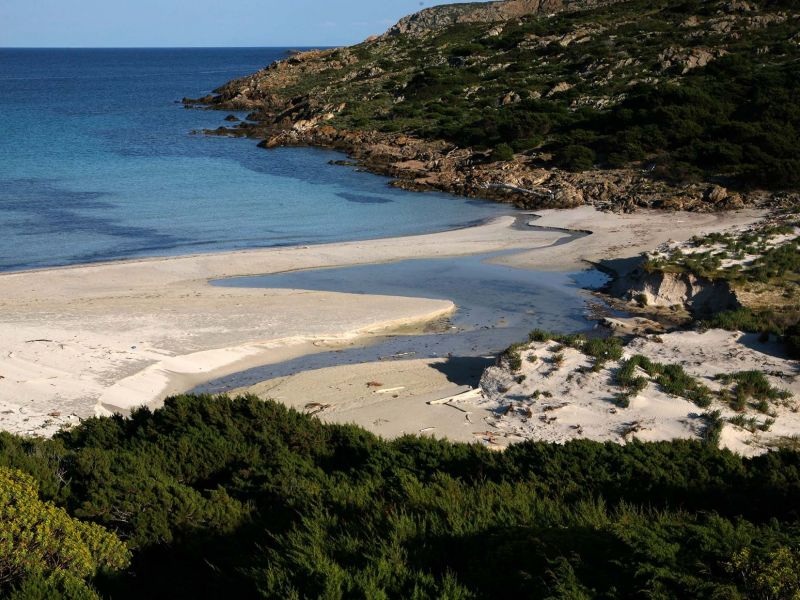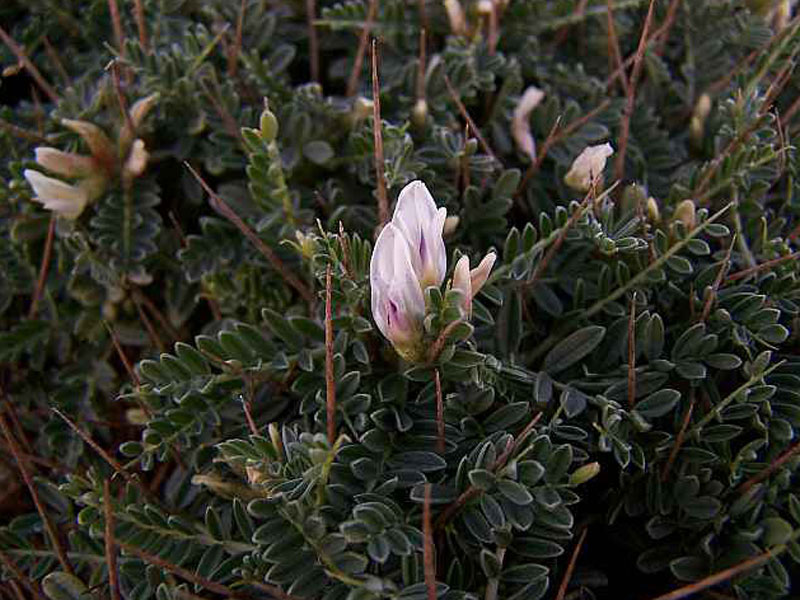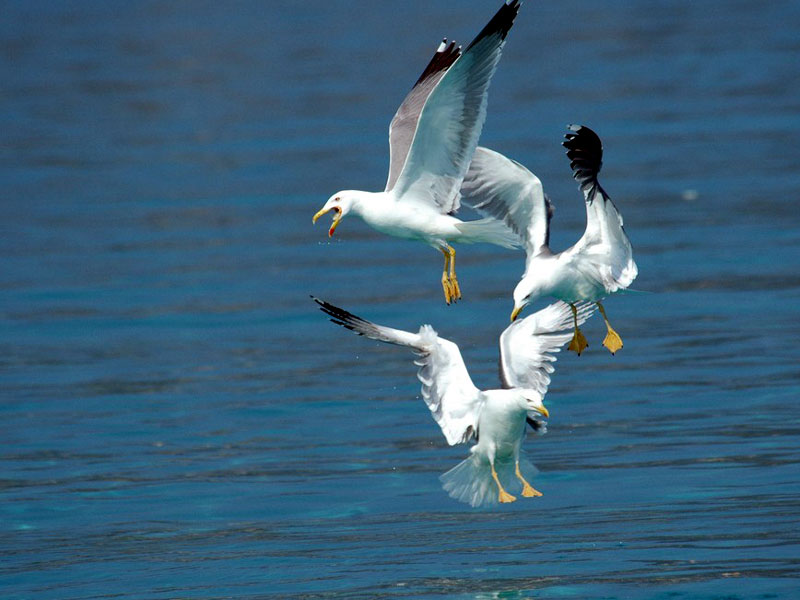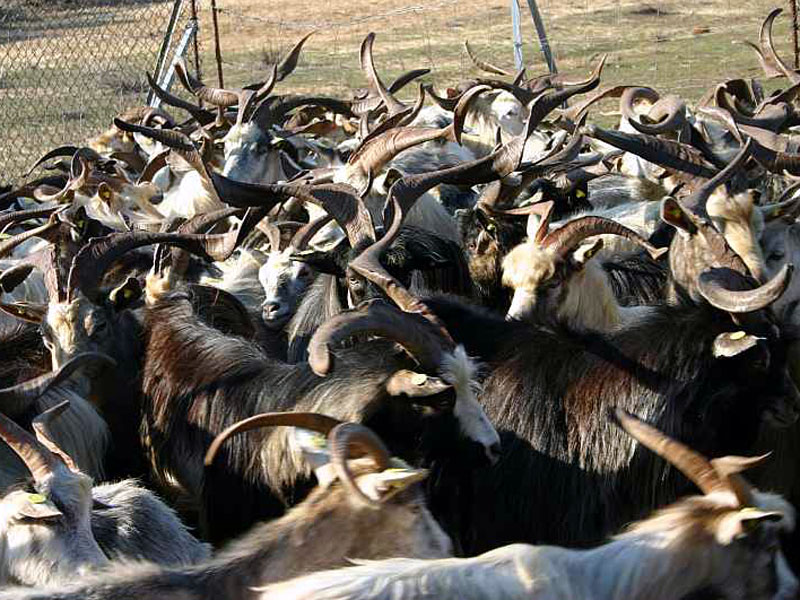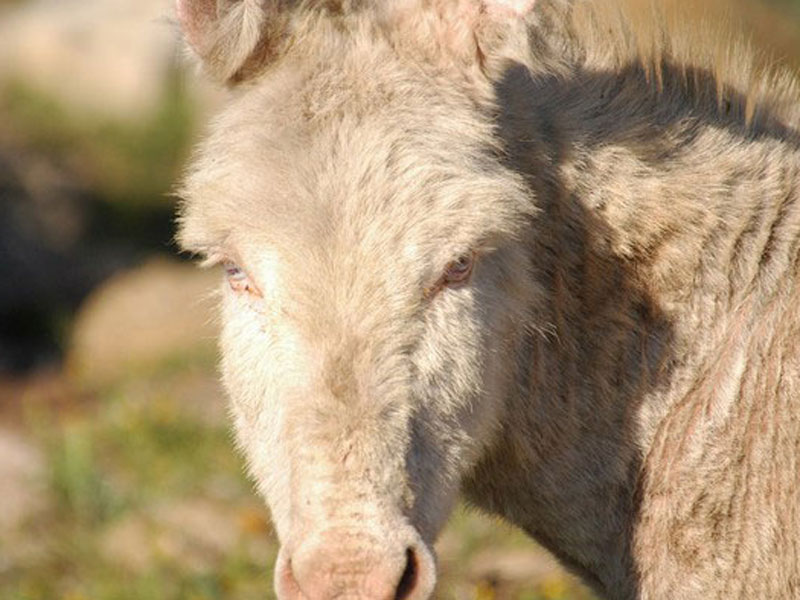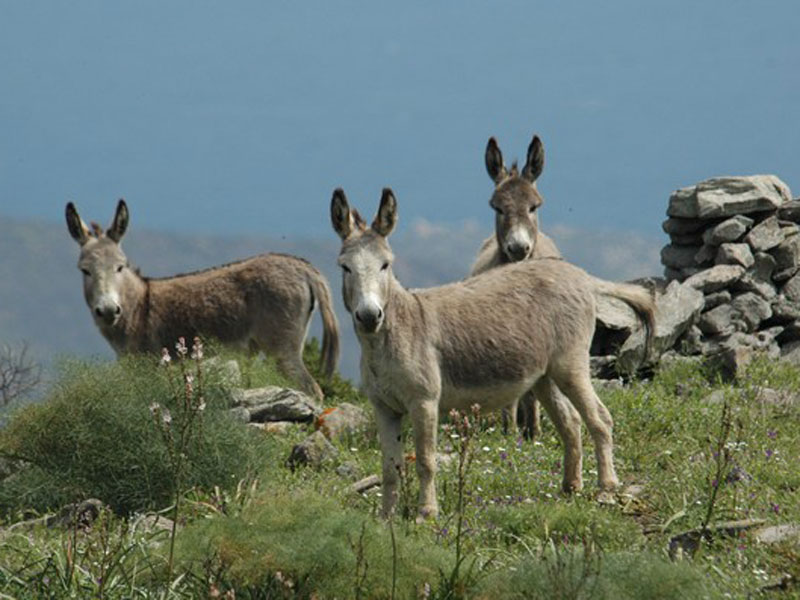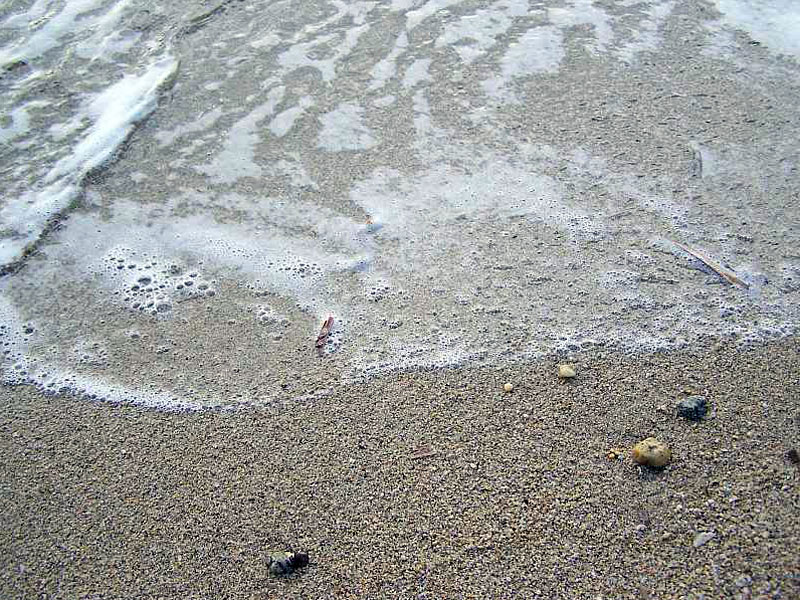Protected Area
Identity Card
- Asinara National Park:
- Land Surface Area: 5'200.00 ha
- Higher altitude (m): 408
- Protected flora: 3 species (Italian text)
- Protected wildlife: 202 species (Italian text)
- Habitats: 20 types (Italian text)
- Regions: Sardegna
- Provinces: Sassari
- Municipalities: Porto Torres
- Establishment Measures: L 344 08/10/1997 - DM 28/11/97, DPR 3/10/02
- PA Official List: EUAP0945
- Park Authority: Ente Parco Nazionale dell'Asinara
- Further managed Protected Areas:
- Area Marina Protetta Isola dell'Asinara
- Sito d'Interesse Comunitario Isola dell'Asinara
- Zona di Protezione Speciale Isola Asinara
Entity:
Organs and offices
Laws and regulations
Forms
The Park
Asinara is the second largest island in Sardinia after Sant'Antioco. It is a narrow territory stretching from north to south with a very indented coastline, which highlights a great variety of habitats. The island has an extremely peculiar historical, environmental, and juridical situation. Although the first evidences of human presence date back to the Neolithic times, the environmental features of the area have been conserved thanks to a series of events which gave the island the name of "Isola del Diavolo" ("Devil's Island"): it was a health center of quarantine, an imprisonment camp during World War I, and one of the most important Italian superprisons during the terroristic period of the 70s and during the struggle against the organized crime, until the Park was established. This more than a century long isolation has led on the one hand to the creation of the island's aura of charm and mystery, and on the other hand to the indirect conservation of some integral and virgin areas which transformed it in an international unique and invaluable heritage.
Flora and Vegetation
The territory of Asinara has undergone over the last years an intense resource exploitation by man particularly influencing the vegetal landscape. Because of often irrational agricultural, forest, and zootechnical exploitation activities, the inner areas are especially altered and degraded. Presenting a general framework on the flora and vegetation of the island is not easy: despite the phytogeographical importance of many species and the high percentage of endemic species, the existing botanical studies are fragmentary and not exhaustive. The most complete study has been carried out by Bocchieri, who in 1988 recorded almost 700 botanical species and subspecies. The most widespread families are Compositae, Leguminosae, and Gramineae, that together with Umbelliferae and scrophulariaceae, represent almost the half of the spontaneous flora of the island.
Fauna
Over the last decades, also the fauna has been subject to deep changes. Historical documents signal the presence of species that are important from a naturalistic point of view, like the mouflon, the Corsican red deer, the Mediterranean monk seal, and the osprey. In the island there are today 80 species of terrestrial vertebrates belonging to the classes Amphibia, Reptilia, Aves, and Mammalia. However, this number does not give the idea of the importance of the island at an international level for the conservation and reproduction of many rare and endangered species. Among the endemic species we can quote the Three-Toed Skink, a curious reptile with scales, the Brown Hare and the Greater White-toothed Shrew, small rodents; among the Sardinian-Corsican species, the small Pygmy Algryoides, the Sardinian Barn Owl, the Wren, the Spotted Flycatcher, and the Cirl Bunting, in its Sardinian subspecies, the Garden Dormouse and the mouflon.
As far as their conservation status, the situation is the following:
- three vulnerable species: Storm Petrel, Audouin's Gull, and Common Tern;
- two species with unknown status: Cory's Shearwater and Manx Shearwater;
- seven rare species: mouflon, Pygmy Algryoides, Brown Hare, Hermann's Tortoise, European Leaf-toed Gecko, Peregrine, Shag;
- three species not very known yet: Tyrrhenian Painted Frog, Barbary Partridge, and Magpie
Asinara White Donkey
The white donkey (Equus asinus var. albina) is characterized by reduced dimensions, an adult donkey is about 1 meter height at the withers. It has a quadrangular head with a straight silhouette, short neck, strong limbs, white, small, and not very resistant foot. They have a marked photophobia and an unsteady pace in luminous places. The animal has a characteristic phenotype: white coat, pink skin and partial pigmentation of the iris, pink-light blue.
The Marine Environment
The marine environment is for Asinara a particularly valuable element of scientific interest, and it is mainly characterized by a high integrity and diversity of the floral-faunistic communities, by a considerable valuable landscape, by the high quality of waters as far as ecological terms and chemical pollution are concerned.
History
Only the most recent history, documented or handed down orally, provides information on the human and environmental vicissitudes of this island and its stories. We don't have a lot of documented information on the history of the last century, and most information is filtered by prison inaccessibility. Back in time, there are archive documents and reconstructions by some historians, but there is no complete historical analysis of the island events. For this reason, the Archaeological Government Office of Sassari is carrying out an archaeological and historical campaign which will enable, for the first time, with archive documents and research activities in the terrestrial and marine field, to re-write the History of this Mediterranean island.



